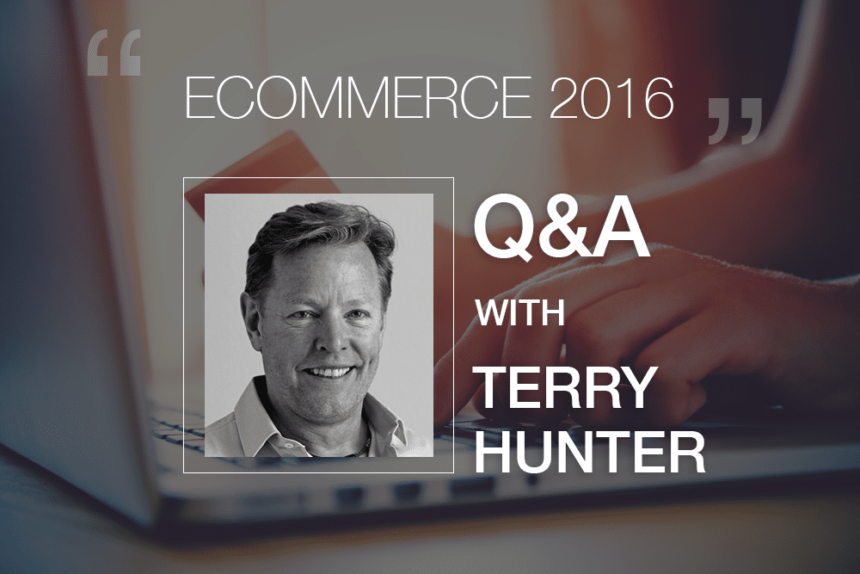
 Terry Hunter – VP, Ecommerce and Client Strategy (Europe)
Terry Hunter – VP, Ecommerce and Client Strategy (Europe)
Terry heads Astound Commerce’s European operations. He brings 20 years of enterprise technology leadership experience and 11 years’ experience in digital technology design and delivery.
What are the new eCommerce technologies or approaches that you think will have the biggest impact on consumer behaviour and sales in 2016?
“If key milestones on the retail calendar, like the recent January sales and last year’s Black Friday, have taught us anything it’s that traditional thinking of established lines between different sales channels is now an out-dated approach. In 2016 retailers must strive to build a consistent and fluid experience in all interactions between their brand and the customer, wherever those interactions take place.
Omnichannel will become even more important in the next twelve months as a result, with large retailers starting to really focus on the importance of delivering a uniform user experience and consistent site performance for any interaction with their brand, regardless of the location or device the consumer is looking to make a purchase from.”
Which regions or markets do you foresee huge growth in eCommerce in the coming year?
“The change in consumer shopping habits demonstrated by Black Friday 2015, combined with the steady rise of mobile shopping adoption, suggests there will be a large uptake in eCommerce growth across the board throughout the next 12 months. One area of eCommerce where we expect to see particular growth, however, is the beauty industry. For example, Astound recently started working with SpaceNK to deliver an online shopping experience that matched the brand’s approach in store.”
What still represent the biggest barriers to eCommerce success for a brand or retailer?
“One of the biggest challenges facing eCommerce players in 2016 is making sure that their back-end systems are fully optimised to deal with spikes in traffic. Sometimes these peaks are inevitable and can be predicted, such as during the Black Friday period. At other times, however, peaks in demand come out of the blue.
“It’s for these harder to predict instances, which can occur organically, that brands and retailers must ensure their online platforms are optimised to handle elevated traffic volumes at any point in the year. Retailers and brands that don’t take this approach risk lost revenues and customer satisfaction challenges. This is especially true at checkout, and integrating this with back-end systems with make or break the success of retailers throughout 2016.”
What roles do you see becoming more important for eCommerce businesses this year?
“Social selling is becoming an increasingly important element for any eCommerce player and will take a step forward in 2016. Social selling has an inherent advantage in that it’s built upon a bank of customer data. By using this information, brands and eCommerce players can share personalised and targeted content across a range of channels depending on the medium that’s best suited to the customer they are looking to reach. Instagram, for example, is a major influencer for fashion, so becomes particularly important for brands in that sector.
The key consideration when it comes to social selling is to remember that not only are individual platforms significant channels, so too are devices. While customers may be more inclined to make their final purchase through a specific channel, it might not have been the main contributor to their ultimate buying decision. In today’s retail environment, the journey from initial discovery to purchase has many touch points, and even when the final purchase has been made that’s not the end of the customer journey.
“Content marketing also has a vital role to play when it comes to driving sales through personalisation, and this will continue in 2016. As people start to move beyond the competitive pricing and greater choice offered by online players, they are looking for how a retailer can offer them a similar service to the high street. As more shoppers move from offline to online shopping, the competitive differentiator will become content that provides a personal experience.”














